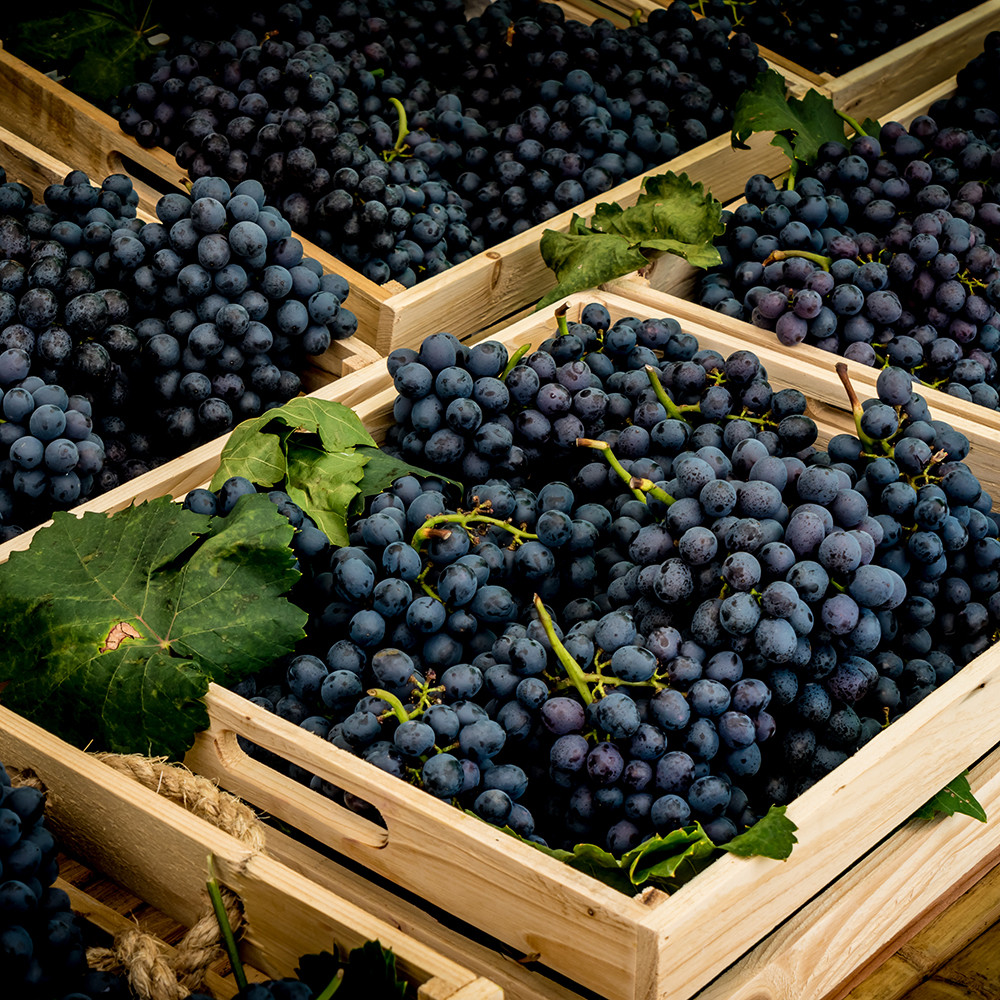Culinary and wine
There are very good and affordable restaurants in the area. Visiting caves, including the Marcillac wines, is also possible.
Rouergue (the vineyards of Rouergue): Between Rodez and Aurillac, Rouergue is the current department of Aveyron. Today it corresponds to the former province of Rouergue which can be divided into three parts: the County (districts of Rodez and Espalion), the Haute Marche (districts of Millau and Saint-Affrique) and the Basse Marche (district of Villefranche de Rouergue). ). The Rouergue, land of mountains and plateaus, is especially known for its cheeses and meats. From the south of the department and from the Grands Causses natural park to the Aubrac plateau, the Aveyron, although few in number, has some vineyards in full renaissance (and recognition in AOC for three of the most important ones).
Marcillac (AOC Marcillac): vines have been cultivated for over a thousand years on the steep slopes of the Ady valley between Rodez (20 km) and Conques. Le Mansois is the emblematic grape variety of the Marcillac appellation. The restrictions of the appellation require a minimum of 90% Mansois (fer servadou) and possibly 10% additional grape varieties (prunelard, cabernet sauvignon noir, merlot noir). This 200 ha terroir at the foot of the Aubrac owes its development to the abbey of Sainte-Foy de Conques. The red wines it produces (around 8,500 hl per year) on red clay slopes overhanging limestone plateaux are generally well structured. A very tannic rusticity mingles with aromas of red fruits, currants, blackberries and blackberries, depending on the vintage, but also elderberries, sometimes cocoa. In the mouth, they have a certain freshness, spiciness (pepper). Most of the wines are aged in barrels. Some cuvées are aged in barrels or small barrels (25 hl). A cooperative represents 55% of production. There are also about ten private cellars that supply the remaining 45%.

Entraygues-et-Fel (AOC Entraygues-et-Fel, 2012 harvest) red, white and rosé wines: this confidential appellation of 20 hectares is located on the steep slopes along the plot, on the first foothills of Cantal and Aubrac. It stretches across two departments:
Aveyron (municipalities of Entraygues-sur-Tryère, Le Fel, Campouriez, Florentin-la-Capelle, Golinhac and St Hippolyte).
Cantal (Municipalities of Cassaniouze and Vieillevie).
The wines of Entraygues (between two waters), between the Lot and the Truyère, are obtained on granite soils suitable for chenin and mauzac. These are dry, nervous and very fragrant white wines. Those from Fel, found on schistose soils, are quite firm and spicy reds. Most come from Cabernet Sauvignon and Mansoi. The 6 wine growers in individual cellars have united in the appellation syndicate. The red, rosé and white wines represent a total production of 750 hl.
Estaing (AOC Estaing, from the 2012 harvest) red, rosé and white wines: The wines of Estaing constitute one of the smallest AOC appellations in France, with an area of 11 ha spread over the municipalities of Estaing, Coubisou and Sebrazac. These vines were owned by the monks of Conques (on the way to Santiago de Compostela). Here, the vineyard clings to the slopes that dominate the Lot valley on slate or clay-limestone soils. The grape varieties are somewhat different from those of Entraygues. For the red and rosé wines, Gamay, Cabernet Franc and Fer Servadou are used; for the whites, chenin, mauzac and saint-côme (also known as rousselou).
In 1997, the Winegrowers of Olt Cooperative Cellar was founded. Today it brings together 18 producers (4 winegrowers are in individual cellars). Currently, the production amounts to 400 hl of reds, rosés and whites. The red wines are characterised by notes of red fruit (raspberry and strawberry). In the mouth, it is a simple, rustic wine with well integrated tannins; a wine to drink young. The rosés have a salmon colour. The nose is fresh and delicate with notes of red berries. In the mouth, they are light, round, lively and fruity. The white wines, pale yellow with green reflections, have a floral, honeyed and mineral nose.
Côtes-de-Millau (AOC Côtes-de-Millau, from the 2012 harvest) red, rosé and white wines: The AOC covers a geographical area of 1,200 hectares, divided into 17 municipalities, from Peyreleau to Broquiès. But only 57 ha are currently in operation, planted on slopes on terraces (the fáyssos) that stretch on either side of the Tarn Valley, north of the Gorges de Tarn, in its part of the Aveyron.
The annual production of about 2,000 hl is mainly based on red wine (71%) and rosé (25%) from syrah, gamay, cabernet sauvignon, cabernet franc, fer servadou and duras. As for whites, they are very much in the minority, made from Chenin Blanc and Mauzac. There are 18 producers. The Cave Coopérative d'Aguessac alone vinifies 70% of the production. Currently, 200,000 bottles are sold per year, 40% of which are sold outside the region's borders. Last year, 10,000 bottles were sold in the United States.
The wine of Conques (Vin de Pays de l'Aveyron): it is the symbol of the rebirth of the small vineyards of Rouergue. We owe it to an exceptional winemaker, Patrick Rols. He makes a delicious blended wine of Merlot and Cabernet, produced by vines overlooking the Romanesque abbey church of Sainte-Foy de Conques; a wine that has the merit of comforting (since 2007) the pilgrims of Saint-Jacques who arrive in front of the abbey's tympanum, exhausted by the Aubrac crossing.
The wines of Martiel (Vin de Pays de l'Aveyron). We are between Quercy and Rouergue, not far from Villefranche-de-Rouergue in this land of causses near Pleyjean, where the Knights Templar saw their vines grow. Here, too, are several hectares of Syrah, Cabernet Sauvignon, Cabernet Franc, Merlot and Chardonnay, fruits of Sandra Lemoine's labour, adapted to an organic approach.
